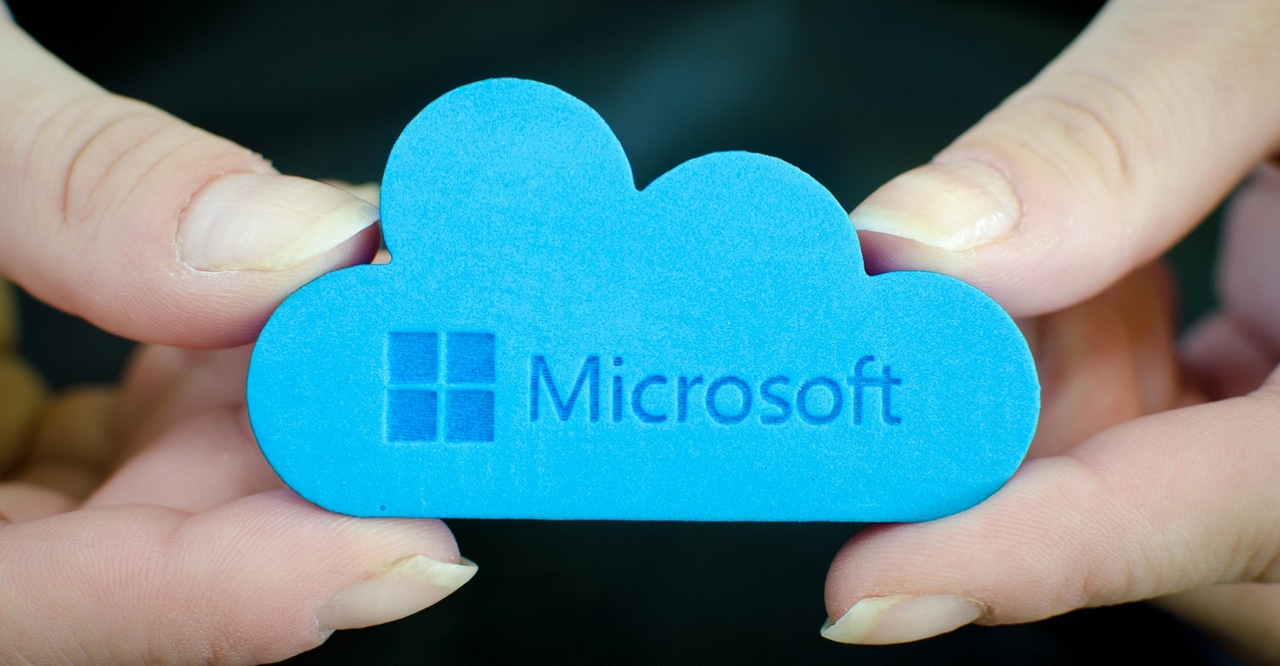Microsoft celebrates its 25th anniversary
Microsoft celebrated its 25th anniversary this week with a call to action from executives Bill Gates and Steve Ballmer, who charged employees with making the next 25 years "even more innovative and exciting" than the first 25. At an all-day event held
September 5, 2000

Microsoft celebrated its 25th anniversary this week with a call to action from executives Bill Gates and Steve Ballmer, who charged employees with making the next 25 years "even more innovative and exciting" than the first 25. At an all-day event held Tuesday, Gates and Ballmer highlighted the successes of the past two and half decades and discussed their plans for the future. "Back in 1975, Paul Allen and I saw the potential to turn a hobbyist's personal computer into a device that would revolutionize the world," Gates told the 20,000 Microsoft employees who gathered for the event. "In 25 years, we've accomplished a lot of things people said were impossible and we've shattered every myth about what the PC can do. But stand back, because the best is yet to come. I'm confident that we'll have even more impressive things to remember in our 50th year. We've got the people and the skills to make it happen, and we're just as passionate today about technology as we were back in 1975."
Microsoft was founded in 1975 in Albuquerque, New Mexico with three employees, though it soon moved to the Seattle area; in its first year it earned $16,005. In 1978, the company surpassed $1 million in annual sales for the first time, largely from selling software development tools. But Microsoft's big break came in 1981, when IBM bundled its first Personal Computer (PC) with MS-DOS. In 1985, Microsoft shipped the first version of Windows, which was an underwhelming non-event. But the company's applications and MS-DOS continued to sell and Microsoft went public in 1986 at $21 a share. In the late 1980's Microsoft worked with IBM to develop a successor to MS-DOS, which was to be dubbed OS/2. The relationship with IBM, however, like OS/2 itself, was doomed because Microsoft was secretly working to improve its Windows operating system into a true contender.
In 1990, Windows 3.0 was released, and the face of computing changed almost overnight. Windows 3.0 wasn't as attractive or full-featured as the Macintosh, but it was good enough and was backwards compatible with MS-DOS. It sold like hotcakes, forever leaving the Mac and all other comers in the dust. Windows 3 also spelled the end of the IBM/Microsoft relationship, as IBM wanted to continue on alone with OS/2. A year later, Microsoft released Windows 3.1, which was even more successful than the previous version. The Windows 3.x product family was eventually filled out with a network-friendly version, Windows for Workgroups, while Microsoft plotted a next-generation system then known only by the code-name Chicago.
But Microsoft was also working on a high-end, platform independent operating system called NT, which grew out of its work with IBM and OS/2. NT, which went on to become Windows NT, was released in 1993. Windows NT featured a Windows-like user interface and a level of security and stability that would escape the rest of the Windows family for almost a decade. In 1995, Microsoft's Chicago project saw the light of day as Windows 95, the most successful software product launch of all time: Windows 95 sold more than 4 million copies in its first four days of availability.
Missed in the hoopla of the Windows 95 launch, however, was the upcoming Internet tidal wave, as Bill Gates described it. The company announced in late 1995 that it was embracing the Internet and it proceeded to do just that through subsequent versions of its Internet Explorer Web browser, Outlook Express email, NetMeeting collaborative software, and other Web-enabled tools. In 1998, Microsoft released its most controversial version of Windows yet, Windows 98, which fully integrated the OS with Internet technologies. And in the enterprise, Windows NT 4.0 was dominating, finally surpassing Novell as the most popular server platform.
For Microsoft, the 1990's ended under the specter of a federal investigation, which later found the company guilty of breaking U.S. antitrust laws. But Microsoft plowed ahead with new versions of Windows 98 and, finally, the next version of NT, which it renamed as Windows 2000. And if there was any doubt that it's been successful, Microsoft had revenues of almost $23 billion last year. Looking forward, the company will soon release its final version of Windows 9x, dubbed Windows Millennium Edition ("Windows Me"). And Microsoft has completely changed its focus from a supplier of shrink-wrapped software to one that provides services and software over the Internet. This initiative, known collectively as Microsoft .NET ("Microsoft dot net"), will guide the company into the future, according to Microsoft president Steve Ballmer.
"As we look ahead, we must deliver on the promise of Microsoft .NET, which is our biggest opportunity yet," Ballmer says. ".NET will change computing as dramatically as any development since the PC generation began. Over the next few years, we've got our work cut out for us in creating and enabling .NET. But we've got a clear road map, an unparalleled product line, fantastic leaders and incredible employees. It's our employees--doing the best work of their lives, creating breakthrough innovations and revolutionary software--who will make that happen."
For more information about Microsoft's history and its 25th anniversary, please visit the Microsoft Museum Web site
Read more about:
MicrosoftAbout the Author
You May Also Like






.jpg?width=700&auto=webp&quality=80&disable=upscale)
